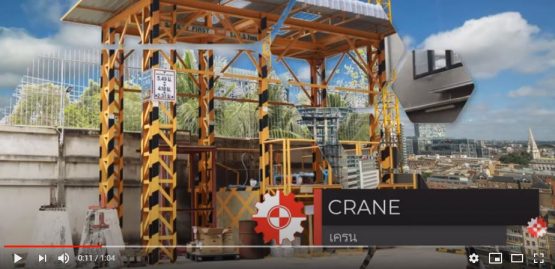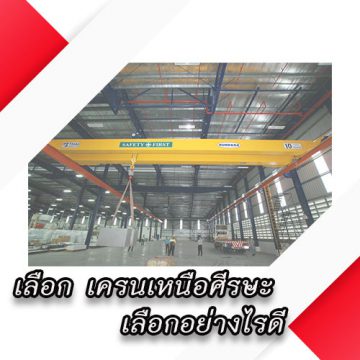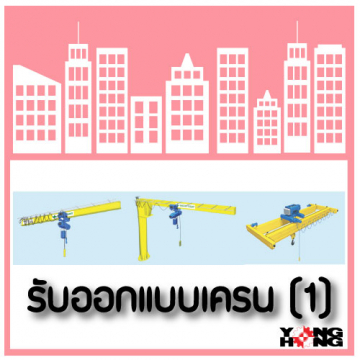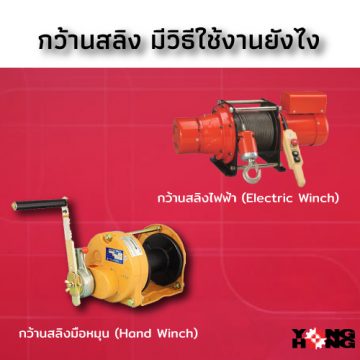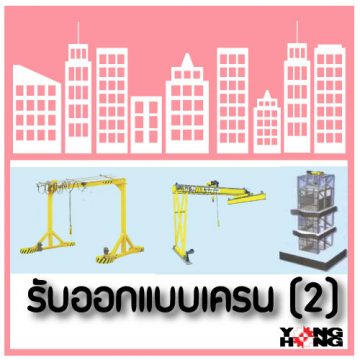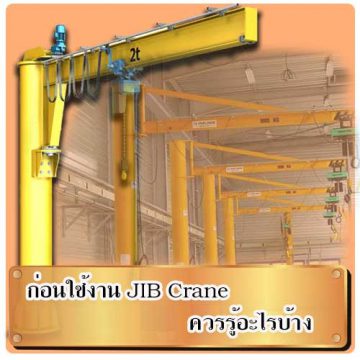A wire rope sling is a type of lifting and rigging equipment commonly used in material handling and lifting applications. It is made up of steel wires twisted or braided together to form a strong and flexible rope. Wire rope slings are designed to lift heavy loads and provide a durable and reliable means for attaching loads to cranes, hoists, and other lifting devices.
Here are some key components and features of wire rope slings:
Wire Rope:
The primary component of a wire rope is, of course, the wire rope itself. This rope is typically made of multiple strands of steel wires twisted or braided together. The construction of the wire rope can vary, and different designs are used for specific applications.
End Fittings:
Wire rope slings have end fittings attached to the ends of the rope to facilitate connection to lifting devices or loads. These fittings may include hooks, links, or other types of attachments. The end fittings are often swaged or mechanically attached to the wire rope.
Construction:
Wire rope slingcome in various constructions, including single-part slings and multi-part slings. Single-part slings consist of one continuous length of wire rope sling with end fittings attached. Multi-part slings involve multiple legs of wire rope converging into a common attachment point, providing additional strength and flexibility.
Core Type:
Wire rope sling can have different core types. Fiber cores are made of natural or synthetic fibers and provide flexibility, while steel cores offer greater strength and resistance to crushing. The choice of core type depends on factors such as the application and working conditions.
Lifting Capacity:
Wire rope sling are rated for specific lifting capacities, commonly referred to as the Safe Working Load (SWL) or Working Load Limit (WLL). It is crucial to use a wire rope sling with an appropriate SWL for the intended load to ensure safety during lifting operations.
Types of Wire Rope Slings:
– Single-Leg Slings: Consist of a single length of wire rope with end fittings for connecting to the load and lifting equipment.
– Multi-Leg Slings: Have multiple legs of wire rope converging into a common attachment point. They provide stability and are suitable for lifting irregularly shaped loads.
Inspection and Maintenance:
Regular inspection and maintenance are critical for ensuring the safety and reliability of wire rope sling. Inspections should check for wear, damage, and other factors that could compromise the integrity of the sling.
Usage Guidelines:
Users should follow manufacturer recommendations and industry standards for the proper use, storage, and retirement of wire rope sling. This includes considerations for factors such as load angle, hitch type, and environmental conditions.
Wire rope slings are versatile and widely used in industries such as construction, manufacturing, shipping, and offshore operations. Proper training, adherence to safety guidelines, and routine inspections are essential to ensure the safe and effective use of wire rope slings in lifting applications.
View products : YONGHONG

